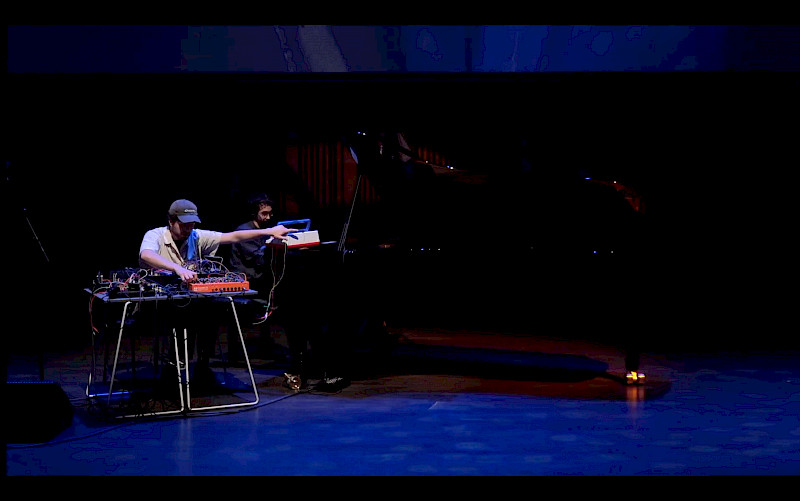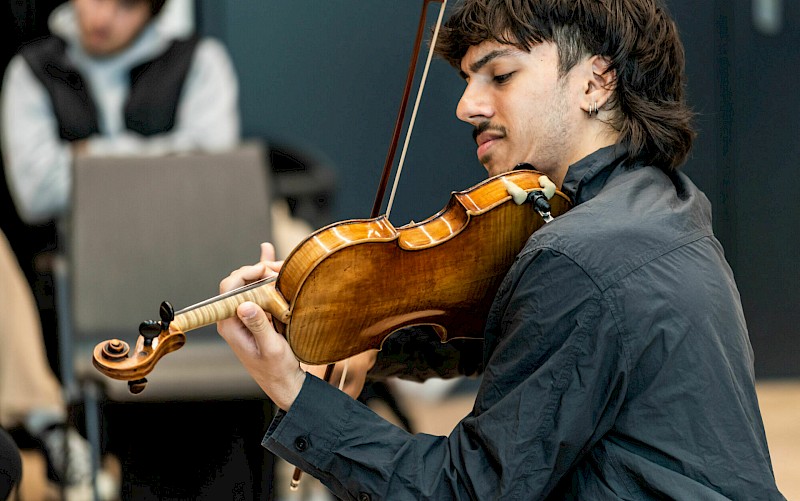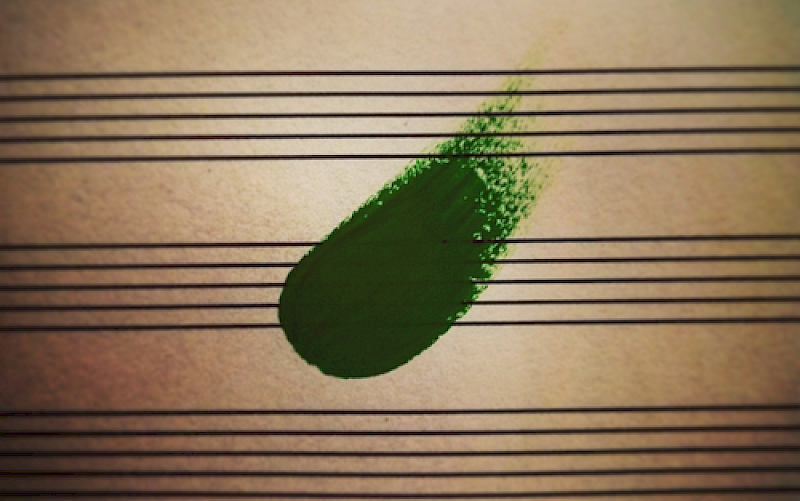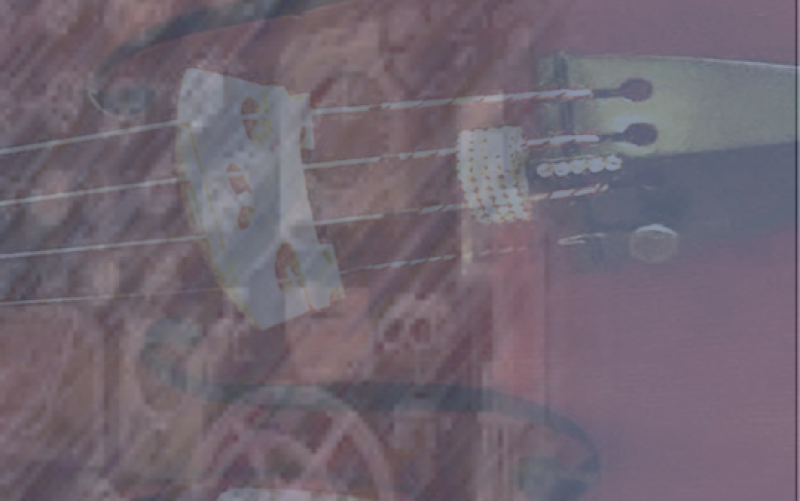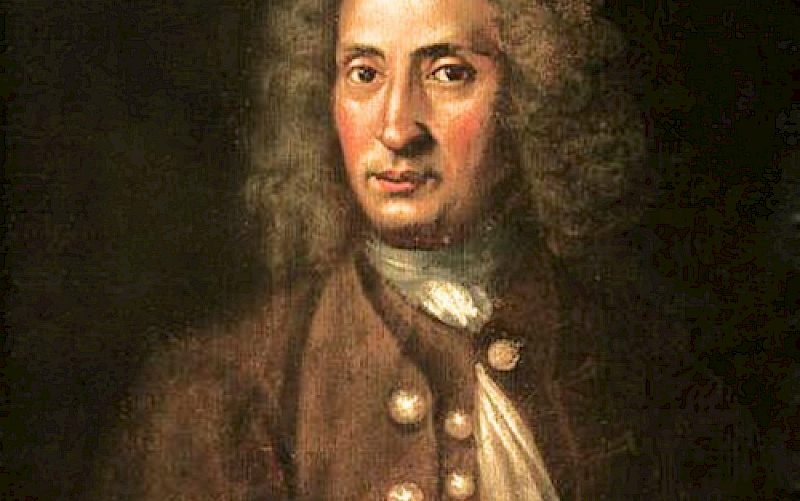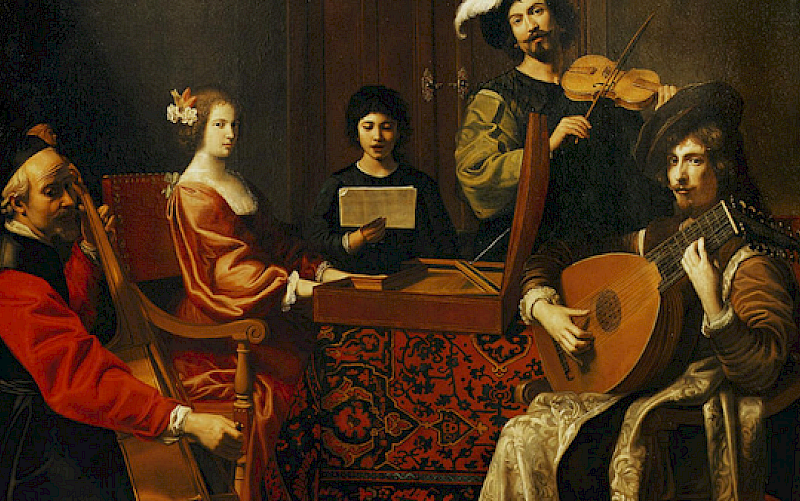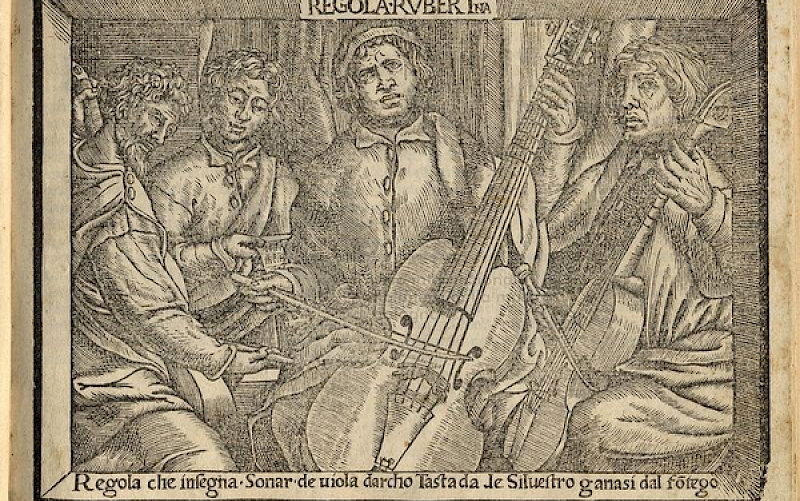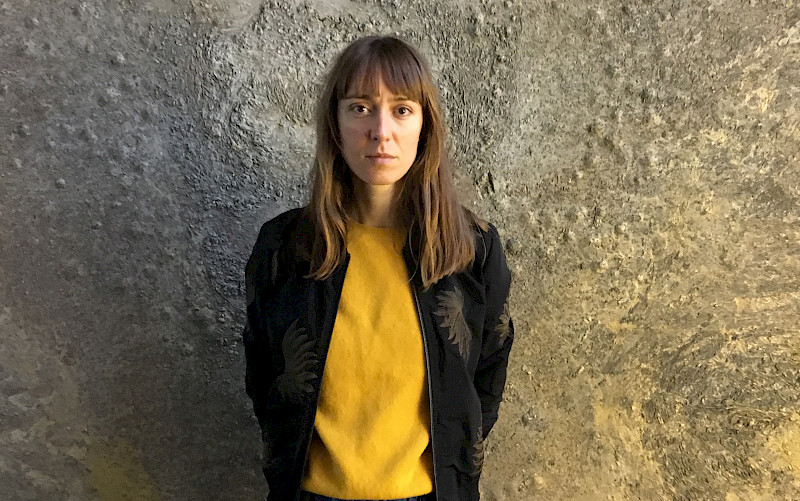The Power of Long Notes
Pedal points and drones are present in almost all musical genres and styles. Although they appear in a whole variety of ways, and can have very diverse effects, music analysis rarely pays attention to these differences. The reason is, perhaps, that there are no defined concepts that would provide vocabulary to both describe and understand the power of sustained notes. My first research question addresses the ‘working’ of pedals and drones: How can we explain the perceptual difference among instances of pedal tones and drones? In searching for the right perspective to tackle this question I have come to two concepts that inspired the further research. The first is the concept of expectation. It is mostly promoted by the writings of Leonard B. Meyer (in the more recent time it is researched and developed by others), which I take as conceptual frame. The second is the concept of interactions that defines and organizes the musical events. The inspiration for the latter came from the social studies. The two concepts are interrelated: the expectation is a product of interactions of musical elements, and the expectations are also involved in interactions, thereby influencing the perception and understanding of a musical piece. My following research questions are: Could the concept of musical expectation and the concept of interaction help explain the power of long notes? If yes, in which ways can these processes influence the perception of pedals and drones? In the process of research, I have concluded that there are several categories of pedals/drones that are not labeled in music theory but are recognizable by many music theorists and musicians. Pointing at these categories and defining them could provide us with more words in pedal/drone-vocabulary. On the other hand, in case these models are recognizable as such, they have the potential to engage in various interactions with the other musical events in the piece, influencing the listener’s understanding of it. From this perspective, it is relevant to examine them. The current research aims at pointing at a number of such models. To define them, I have used the concepts of expectations and interactions. Music analysis of the chosen models and a number of musical fragments are so presenting the practical application of my theoretical research.
Author: Ida Vujović

